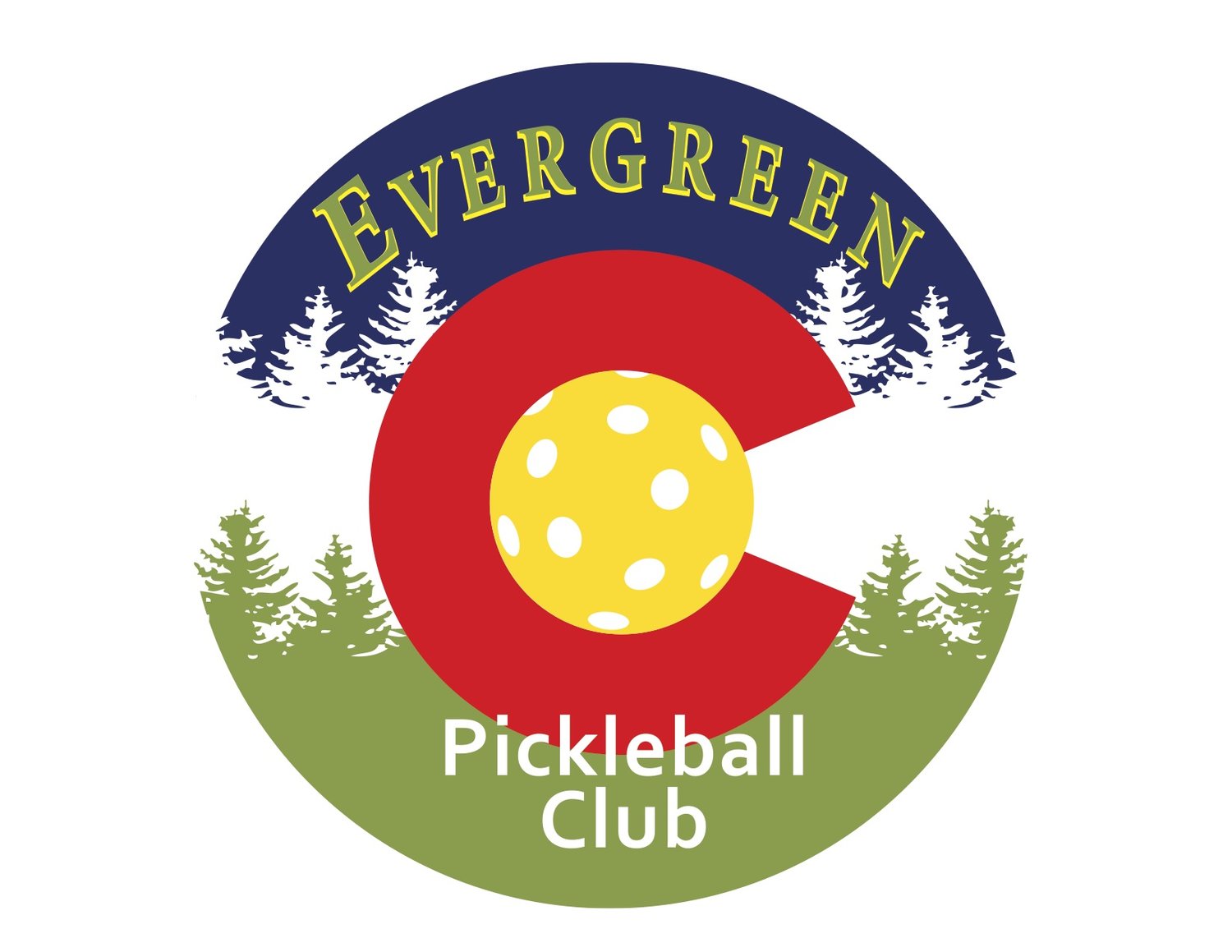- PICKLEBACKCLUB
- Posts
- 📖 Rules for scoring, leveling, and serving
📖 Rules for scoring, leveling, and serving
Advanced strategies for overhead smash..
PICKLEBACKCLUB
Hello Pickleball Warriors!
It's that time again to gear up with the latest insights from the vibrant courts of pickleball. This edition of our newsletter is all about the nuts and bolts of the game - the rules! Whether you're a seasoned player or just starting, understanding the rules is key to enjoying and excelling in pickleball. So, let’s dive into the rules for scoring, leveling, and serving!
And make sure to (over)head to the end of this issue to discover the Tip of the Week!
Recognizing your skill level in pickleball is crucial for matching with appropriate opponents and improving your game. Here's a quick guide to pickleball levels:
USAPA Pickleball Skill Rating System: (not DUPR rating system)
Beginner (1.0 - 2.0):
1.0: This is the entry level. Players are new to pickleball, learning the basic rules, and may be developing their hand-eye coordination.
1.5 - 2.0: Players in this range are starting to grasp the fundamentals. They can serve and rally but are still developing consistency and basic shot techniques. Matches at this level are characterized by slower-paced rallies.
Intermediate (2.5 - 3.5):
2.5 - 3.0: Players have a better understanding of the rules, can sustain rallies, and are working on consistency. They are developing shot variety and may use more strategy.
3.0 - 3.5: At this level, players are more consistent in their shots. They have a grasp of positioning and strategy. Games become more competitive with faster-paced rallies.
Advanced (4.0 - 4.5):
4.0: Players at this level demonstrate a high level of skill. They have good control over their shots, use effective strategy, and can handle faster-paced games.
4.5: These players are approaching an expert level. They exhibit advanced skills, precise shot execution, and a deep understanding of strategy. Games are characterized by fast-paced and competitive play.
Expert (5.0):
5.0: The highest level in the system. Expert players have mastered all aspects of the game. They possess exceptional skills, including powerful and accurate shots. Strategy at this level is sophisticated, and players are highly competitive in both singles and doubles play.
Here’s a quick graphic from The Pickleball Guru to help figure out your implied skill level.

It's important to note that progression between levels is based on a player's demonstrated skill in organized play, tournaments, or leagues.
Ratings are not fixed and can change as players improve or participate in more competitive events. Different organizations or regions may have slight variations in their criteria, but the overall structure remains consistent across the pickleball community.
The serve in pickleball is the gateway to every exciting rally. Here’s what you need to remember about serving:
Initial Serve: The game begins with a serve from the right-hand court (even court).
The Double Bounce Rule: The ball must bounce once on each side of the net before players can start volleying.
Serving Techniques: Overhand serves are not allowed, but you can experiment with various serving styles like soft, power, or lob serves.
Common Faults: Avoid serving faults like stepping on the baseline during a serve, hitting the ball out of bounds, or failing to clear the net. New 2024 rule for competions is ball can’t be tossed up during the serve only dropped.
🦸♂️ It’s a Bird, a Plane — no, Over Head Smash!
Ten ways to master the Over Head Smash — and become a Hulk in the Kitchen.
1. Positioning: Stand near the non-volley zone line with your feet shoulder-width apart. Keep your body sideways to the net.
2. Paddle Grip: Hold the paddle with a continental grip, similar to shaking hands. This grip allows for versatility in shots.
3. Ready Stance: Keep your paddle up and your elbow bent at a comfortable angle. Be prepared for a quick reaction.
4. Tracking the Ball: Keep your eye on the ball from the opponent's paddle to your side of the court. Anticipate the trajectory.
5. Step Forward: As the ball descends, take a step forward with your lead foot. This helps you move into the shot.
6. Weight Transfer: Shift your weight onto your front foot, creating a solid base for the shot.
7. Swing Motion: Execute a controlled swing, starting from low to high. Aim to contact the ball at the highest point possible.
8. Contact: Strike the ball with the center of your paddle. Focus on a clean, controlled hit.
9. Follow Through: Complete the swing with a smooth follow-through, bringing the paddle across your body.
10. Recovery: Quickly return to your ready position after the shot, anticipating the next move.
Remember, practice is key to mastering the overhead shot in pickleball.
@thepickleyogi The overhead smash in pickleball may be one of the most rewarding shots to take. Leave it all on court 😮💨 #pickleball
Understanding these rules and advanced strategies will not only enhance your gameplay but also deepen your appreciation for the sport of pickleball.
Keep practicing, stay informed, and most importantly, enjoy every moment on the court!
Until our next rally,
The PICKLEBACKCLUB Team 🥒




